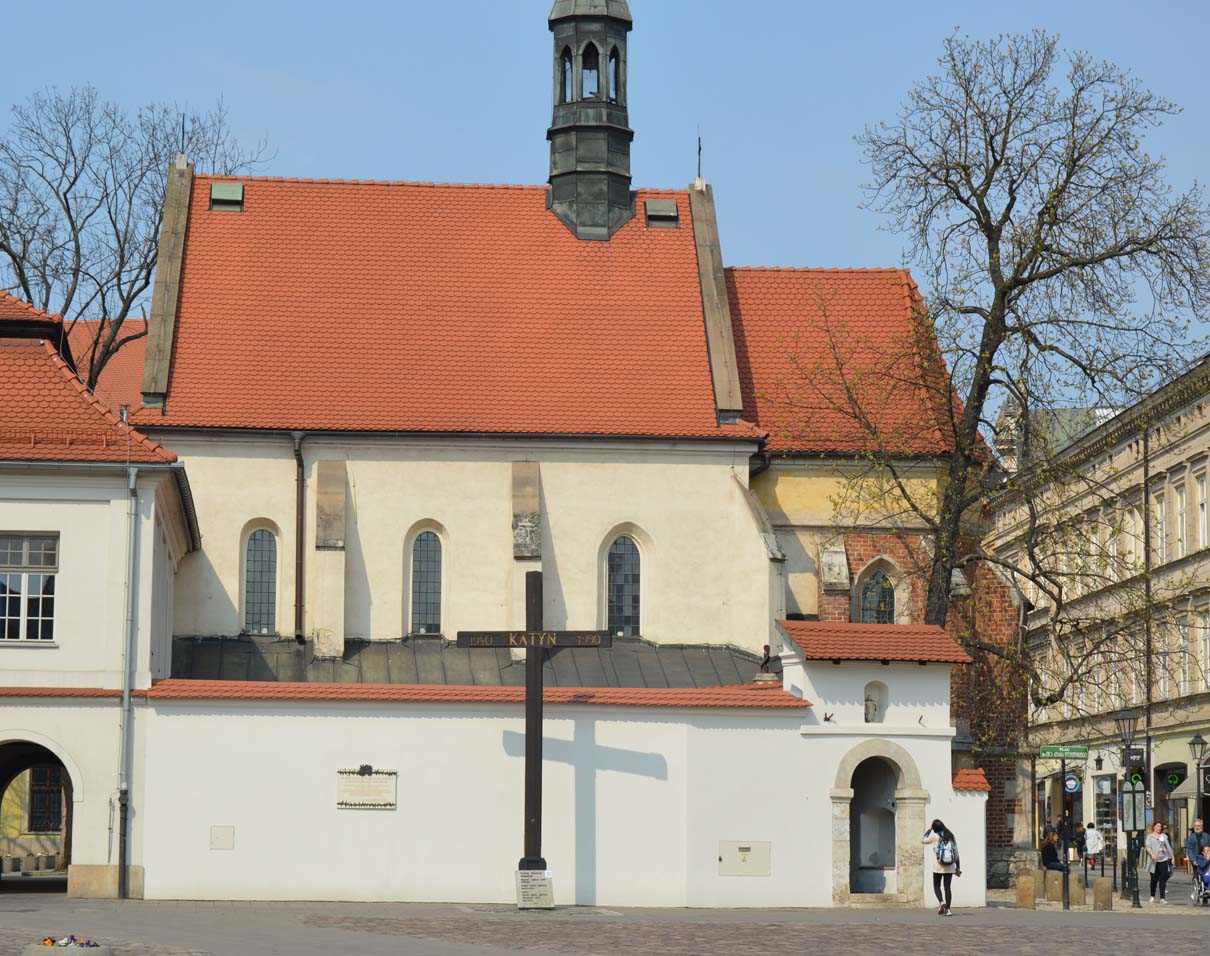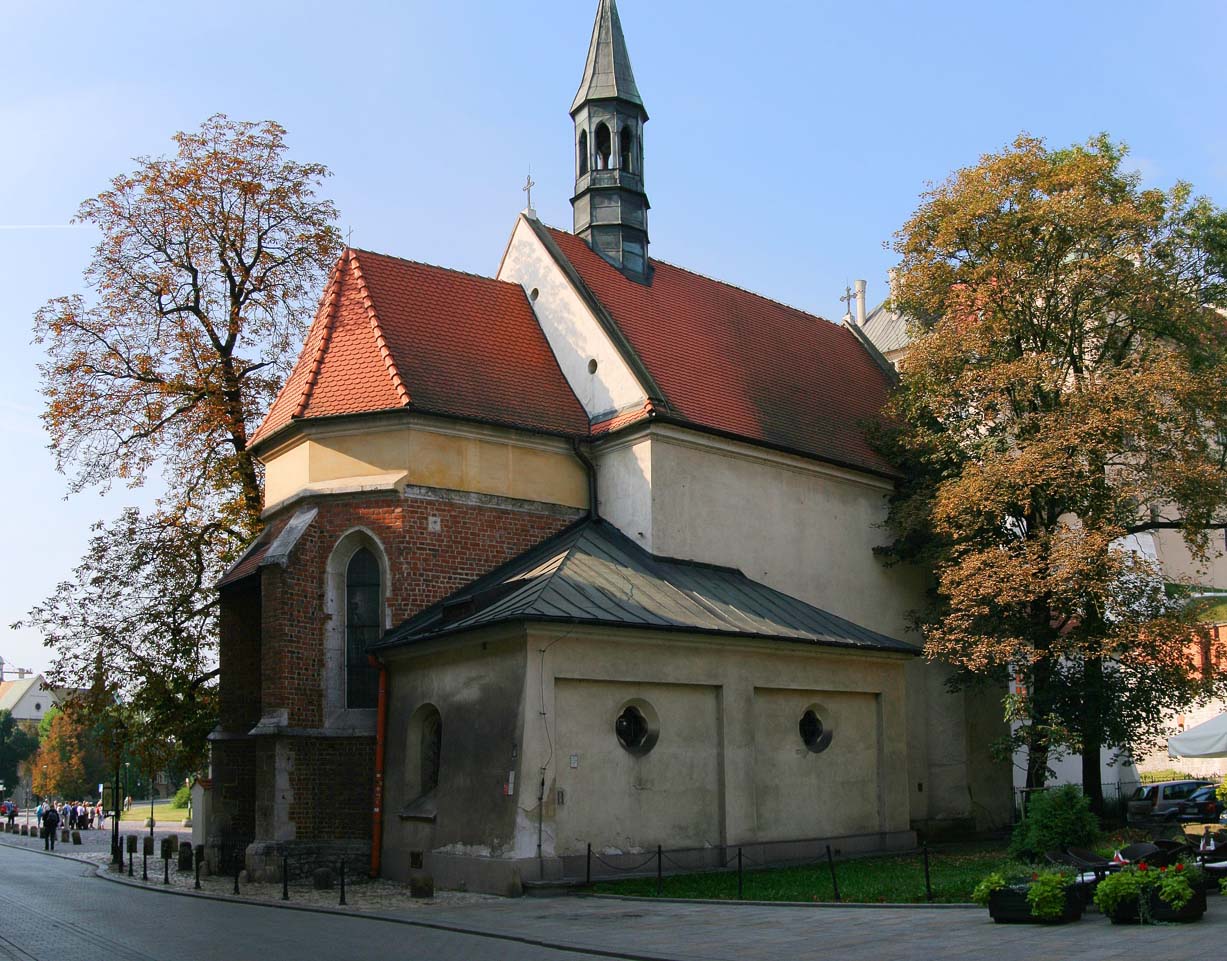History
The church of St. Giles was built in the first half of the fourteenth century. In the light of archaeological research, there is no confirmation of the tradition that it was built at the end of the 11th century by Prince Władysław Herman, as a thanksgiving after the birth of his son Bolesław Krzywousty, although it could have been preceded by an older church rather than a 14th century temple. The first source records appeared in 1310 and 1316. During this period, Władysław Łokietek donated the church of St. Andrew, together with the patronage to the Poor Clares convent, and its previous patrons, Benedictine abbot of Sieciechów and the Toporczyk family, received the church of St. Giles, formerly royal property, as compensation.
At the end of the 16th century, by the decision of Cardinal Radziwiłł, the neglected church was taken over by the Dominicans, who in the 17th century carried out its partial reconstruction. The walls were raised, and the nave of the church was extended by an additional bay. With time, the building was surrounded by a series of seventeenth and eighteenth-century annexes, many of which were pulled down in the 19th century.
Architecture
The church was built of bricks in a very simple form consisting of a square nave and a narrower, short chancel on the eastern side, three sides ended. The external façades of the building were reinforced with numerous buttresses between which narrow, high windows were pierced. The square shape of the nave suggests that its vault may have been supported by a central, single pillar. The presbytery was covered with a rib vault with a decorative boss.
Current state
Today’s form the church of St. Giles is largely owed to early modern transformations, and it is unfortunately largely obscured by later additions. Compared to its original shape, it was raised by about 1.2 meters and extended on the west side by one bay, although in the style reminiscent of the older part. Major changes, including the dismantling of the nave’s vault, were carried out inside the building. Of the original equipment, a late-Gothic crucifix has been preserved, and on the vault of the presbytery the Tęczyński coats of arms from the 16th century.
bibliography:
Goras M., Zaginione gotyckie kościoły Krakowa, Kraków 2003.
Krasnowolski B., Leksykon zabytków architektury Małopolski, Warszawa 2013.




